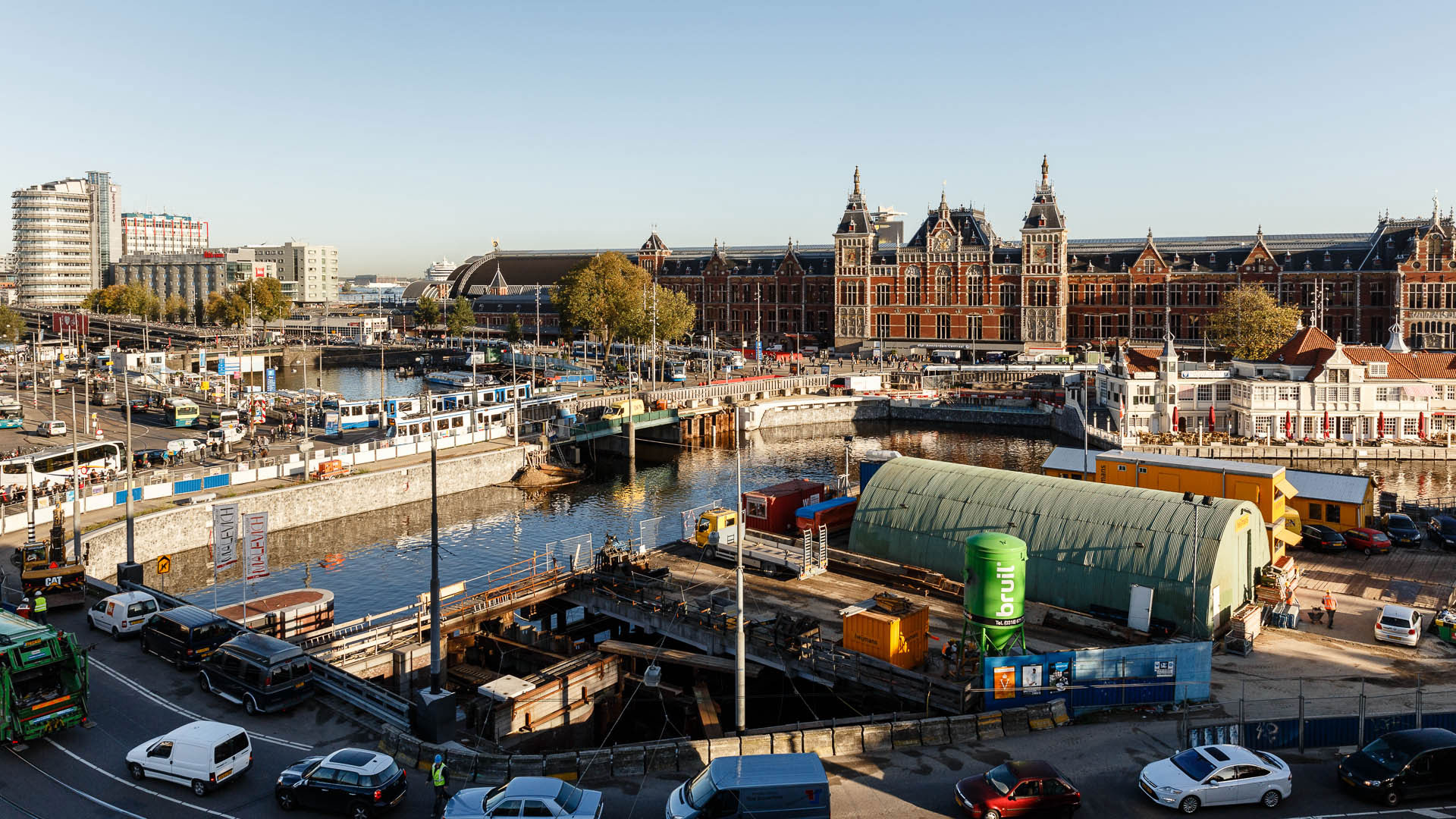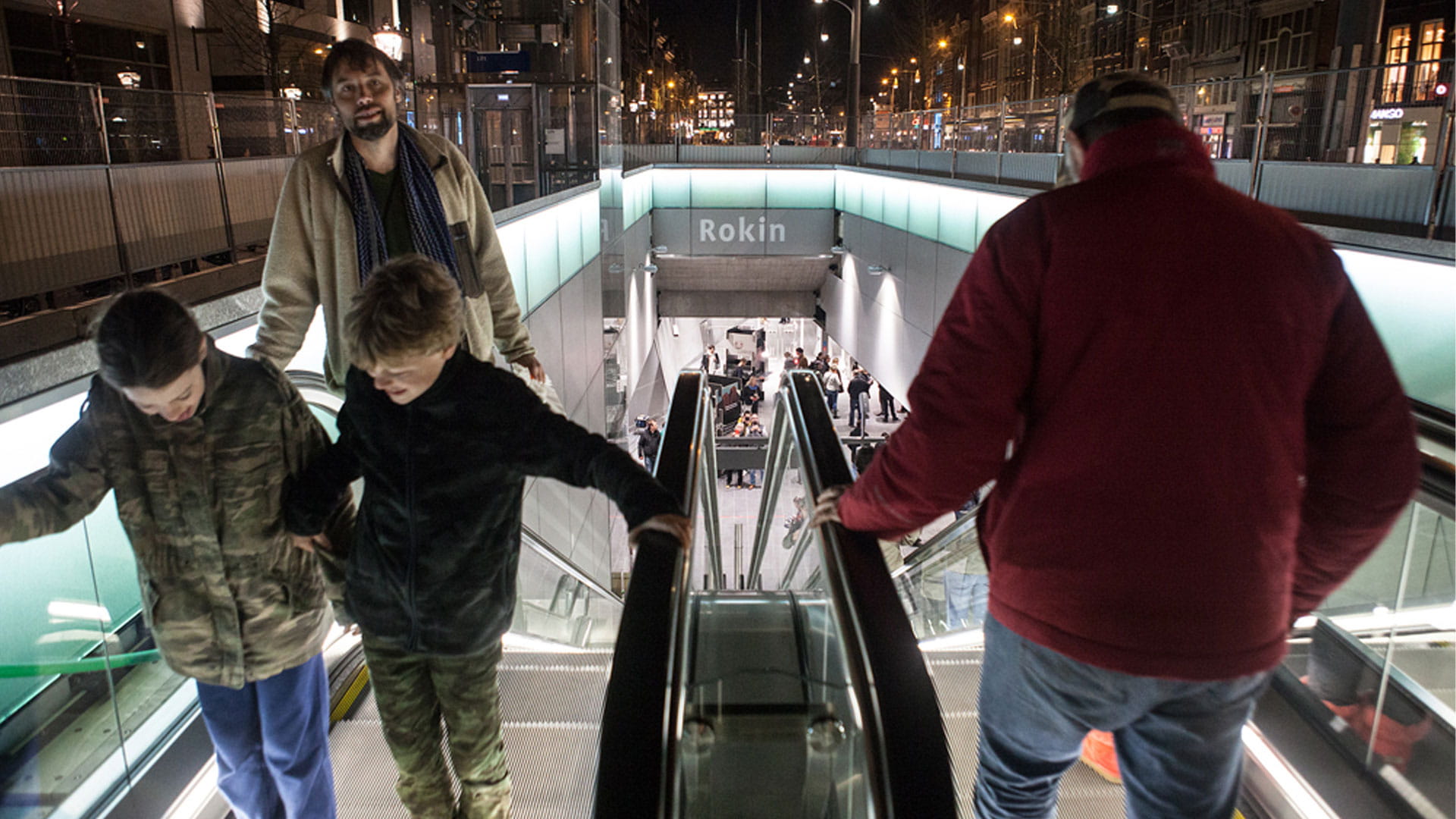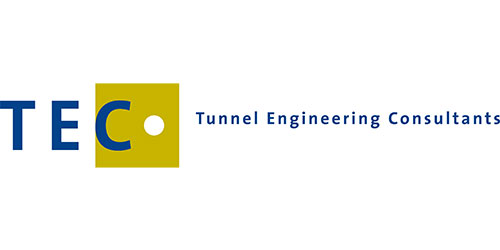North/south metro line in Amsterdam

Witteveen+Bos, Royal HaskoningDHV and Ingenieursbureau Amsterdam collaborated on the project in a consortium called Adviesbureau Noord/Zuidlijn. During the design phase, the contract preparations and the supervision of the performance of work, the joint venture made a significant contribution to this technically complex project. A key precondition in the design phase was the requirement to retain the historical character of Amsterdam’s city centre. At the start of the project in 1994, this meant that the underground metro line could only be realised if conventional construction methods were applied in a very creative manner. Existing methods such as bored and immersed tunnel construction and pneumatic sinking of caissons have undergone radical innovation to suit the unique circumstances prevailing in Amsterdam. By developing these innovative methods, the Dutch engineering and construction industry has now gained an even stronger leading position in underground construction, both domestically and internationally.
The North/South Metro Line is a complex project characterised by budget overruns, delays, difficulties in the political decision-making process and problems during construction. These issues sometimes eclipsed the wonderful technical achievements realised during the project. The completion of the line is a good occasion to highlight the feats of engineering that made the North/South Metro Line possible. We conducted retrospective interviews with two founders of Adviesbureau Noord/Zuidlijn: Hans de Wit, managing director of Tunnel Engineering Consultants (TEC) and a project director at Royal HaskoningDHV, and Frank Kaalberg, leader of the Underground Infrastructure PMC and senior consultant at Witteveen+Bos.
Boring in soft soil
Frank Kaalberg: ‘We demonstrated that boring in Amsterdam’s soft subsoil is possible without causing any nearby buildings to subside. This complex job was tackled by designing an innovative tunnel boring machine that did not yet exist anywhere in the world. At a depth of 20 to 30 metres, the tunnel tubes were bored from two directions. It was a very difficult challenge to move the four boring machines as carefully as possible in order to avoid the thousands of wooden and concrete foundation piles underneath the densely populated city centre of Amsterdam. The world’s largest monitoring programme was developed especially for Amsterdam, and provided information about subsidence’s that could be immediately used to optimise the boring processes. For particularly sensitive locations we devised compensation grouting techniques to provide immediate compensation in the event of subsidence of wooden foundation piles. We did this by raising the buildings by means of pumping.’New foundation below Amsterdam Central Station
The tunnels below the IJ river and Amsterdam’s central railway station presented one of the biggest challenges. Hans de Wit: ‘The three prefabricated tunnel elements were 12 metres wide, 7 metres high and 141 metres long and were immersed in a dredged trench in the IJ river. A fourth 22-metre-wide, 8-metre-high and 130-metre-long tunnel element was immersed below Amsterdam Central Station. While daily train services continued as normal and thousands of passengers were transported to their destination, a partial new foundation was installed below the station using a so-called ‘table structure’. The soil below the station’s newly installed ‘floor’ was excavated, and the old wooden piles were removed. After the trench below the station had been connected to the three tunnel elements immersed in the IJ river, we transported the fourth tunnel element by ship to the trench below the station and immersed it.’
Stations more than 25 metres underground
The Adviesbureau engineers also demonstrated their capabilities during the construction of the underground stations at Rokin, Vijzelgracht and De Pijp. The tracks in these three stations are located far underground, at depths of 21.5 to over 25 metres. The stations were built using a special method based on diaphragm walls and grouting techniques, in some cases at a distance of just 3 metres from the historic facades of nearby buildings. De Pijp station has superimposed platforms at two levels, since the tunnel tubes cannot be located next to each other below the narrow Ferdinand Bolstraat without prior demolition. Demolishing buildings for the construction of the North/South Metro Line had been ruled out on principle, making the design and construction of De Pijp station particularly complex. Rokin station was excavated using innovative jet grouting techniques. At a depth of over 30 metres, the soil was reinforced using grout (a fluid form of concrete consisting of a mixture of water, cement and sand) to provide horizontal support for the walls, in order to minimise subsidence in the area.The Netherlands’ leading position in tunnel engineering strengthened
The opening of the new metro line represents a crown on the achievements of the Dutch engineering consultancies Witteveen+Bos and RoyalHaskoningDHV. With their expertise and vision, both firms demonstrated their pioneering role in this one-of-a-kind project. Furthermore, unique experiences were gained from the use of highly innovative techniques. As a result, the Netherlands has further strengthened its leading international position in underground construction. The techniques used in the North/South Metro Line have already been applied in other infrastructure projects in the Netherlands and abroad, including the Sluiskil Tunnel in Terneuzen, the Hubertus Tunnel in The Hague, the Baan Tunnel in Rotterdam, the Oosterweel Link in Antwerp, a number of Vietnamese metro lines, and the Crossrail railway in London. The knowledge acquired was shared extensively with colleagues in various committees, and incorporated into a number of new guidelines for underground construction. The ground-breaking design of the North/South Metro Line has not gone unnoticed outside the Netherlands. The project won the prestigious Ground Engineering Award twice: in 2014 for the design of the bored tunnels and the special techniques used for that purpose, and in 2013 for the innovative techniques used in realising the ‘table structure’ and the immersed tunnel below Amsterdam Central Station.
About the north/south metro line
The North/South Metro Line is 9.1 kilometres long, mostly located underground, and has eight stations. The metro tunnel runs directly below the IJ river, Amsterdam Central Station, and the historic city centre. The line connects North and South Amsterdam and is expected to transport approx. 121,000 passengers per day on average. It takes just 16 minutes to travel from the north to the south of the city by metro, half of the former travel time.
Techniques used in the construction of the North/South Metro Line:
- Bored tunnel technique
- Immersed tunnel technique
- Cut & cover tunnels
- Pneumatic sinking of caissons
- Caissons method
- Compensation grouting
- Refrigeration technologies
- Vertically bored pile wall
- Fire safety engineering
- Shield transfer system
Infrastructure enquiries
Contact our Infra experts
